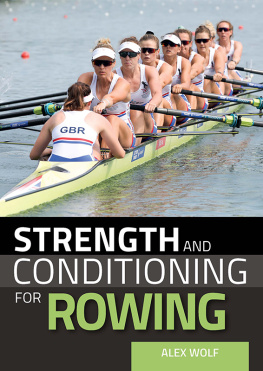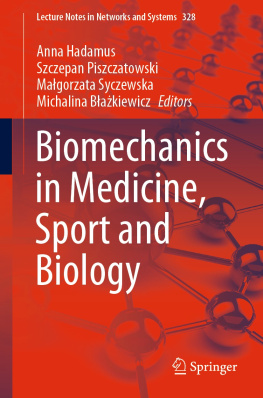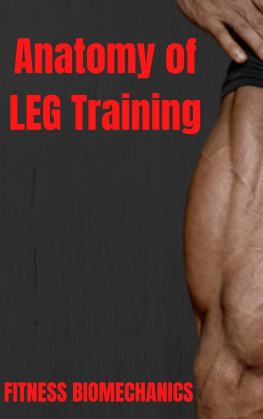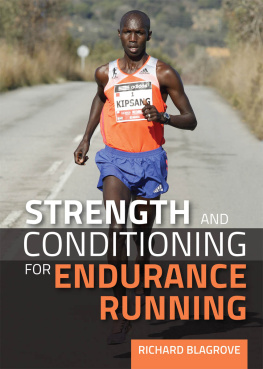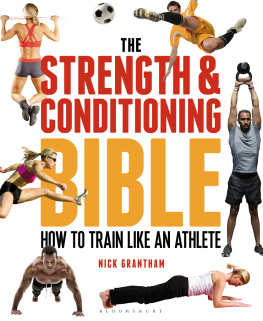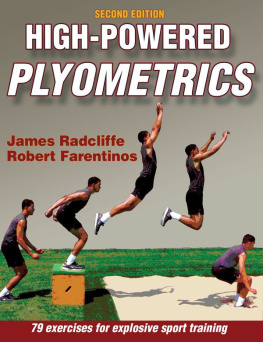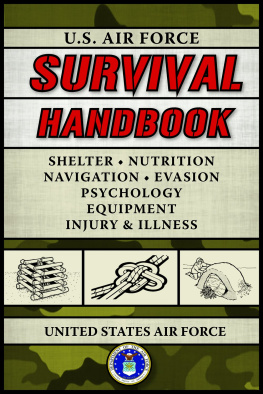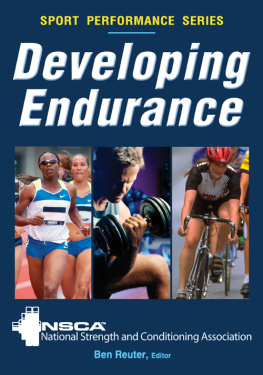Force
The biomechanics of training
Dr Dan Cleather
KMA Press
Prague, Czech Republic
Copyright 2021 Daniel J Cleather
All rights reserved. No part of this book may be reproduced or transmitted in any form whatsoever without written permission from the author, with the exception of the inclusions of brief quotations in articles or reviews.
ISBN-13: 9798467935775
For Kuba, Max and Alex
Acknowledgments
Thanks to Jon Goodwin for the careful critical reading and for being awesome. I feel like much of this book is my reinterpretation of his and Dan Johns ideas. Of course, where I have made mistakes, the errors are all mine. Thanks also to Kat Daniels for some fun Twitter discussions and for giving comments on Chapter 26, to Peter Weyand for his permission to use the images in Figure 19 and to Stuart McMillan for providing the image in Figure 20.
This book was started before Covid, barely touched for most of the pandemic, but then completed during a period of self-isolation due to (asymptomatic) Covid infection. One surprising positive of Covid has been the opportunity to make real online friends. I am immensely grateful to have met Sophia Nimphius and Joseph Esformes, kindred spirits to me, who have been a source of inspiration and support.
Thanks to Hayley Legg for ALWAYS being there. Thanks also to Gill McInnes for making me feel valued and Stephen Patterson for his patience and wisdom.
Bara, kdy my se vzali, kal jsem e nikdy jsem nevil e nkdo by mi znal tak dobe. Ted, vice zn mj duch. Kuba, Max and Alex, there is nothing that is even remotely as important to me as you are. I love you so much.
Preface
There are a lot of biomechanics books out there. Some are good and some are bad. Often whether a book is good or bad will depend on the reader and what they hope to learn from the book. For many practitioners (strength and conditioning coaches, personal trainers, physiotherapists, athletic trainers, etc), the most interesting part of a biomechanics book will be examples that show the practical relevance of the material. However, as far as I have seen, all biomechanics books share a similar logic in terms of their narrative direction. That is, the order of the books is dictated by the mathematical content and they are arranged in the most logical order for learning the mechanics. This is fantastic if the ultimate goal is to learn about the maths, however it can relegate the practical interpretation of the material to a secondary role.
This is a very different type of biomechanics book because its narrative is structured around the training process. First and foremost, what I try to do here is explain the purpose of training from a biomechanical perspective. I only introduce mechanical concepts when I need them to elaborate on the story that I am telling. This means that the order of presentation of the mathematics is pretty non-standard, but hopefully means that the relevance and importance of mechanical principles for training is clearer and more explicit.
The book is structured as follows. The first seven chapters describe what we are trying to achieve when we train (from a biomechanical standpoint). This essentially boils down to producing as much force as possible in the sporting environment (or, more strictly, and as we will see in Chapter 3, as much impulse). Having determined the goal of training, in Chapters 8 and 9, I talk about the general factors that need to be considered in order to ensure that our training is effective in improving our ability to express force in a way that is relevant for our sport. This is often referred to as the specificity of training. Most of the rest of the book is then comprised of a discussion of the way in which force is expressed during movement, and the implications of this for the training process.
Biomechanics is a discipline which seems to be particularly susceptible to pseudoscience. One of my goals in this book is to try and explain why some popular biomechanical theories may not be as rigorous as they might seem. These discussions are presented throughout the book, in places that seemed most logical to me.
My main motivation in writing this book is to demonstrate that an understanding of biomechanics is fundamental to effective training practices. However, the relevance of the science is not in finding a particular study that examined x or y training practice in order to say whether the method is worthwhile or not. Rather, a deep appreciation for the way in which the body produces force, and how this varies depending on the task in hand, is one of the key considerations in designing effective training programmes.
From understanding Jin [trained force], we can achieve enlightenment
The Canon of Tai Chi Chuan (Tai Chi Chuan Ching),
Often attributed to Wang Zong-yue (late eighteenth century),
Translation by Dan Docherty,
Tai Chi Chuan: Decoding the Classics for the Modern Martial Artist
Introduction
What is the purpose of training?
It seems most appropriate to start a book about training by asking what we are trying to achieve when we train. At the most basic level this can probably be boiled down to two aims we train in order to improve our performance level and to reduce the likelihood that we will get injured. How can an understanding of force help us to achieve these aims?
Sporting performance is often predicated upon our ability to either change our own motion or the motion of an external body. As we will see shortly in order to change the motion of a body we need to apply a force to it. Our ability to move ourselves or to move things is therefore highly dependent on our ability to express force. Consequently, whether we are aware of it or not, one of the main outcomes of our training is to increase or refine our force expression capabilities.
At the same time as we exert forces on our external environment, we also load our bones, muscles, tendons and ligaments with internal forces. This loading is an important stimulus for training adaptations. However, the most common mechanism for musculoskeletal injury is that one or more of these tissues is exposed to too much force. This can be in the form of a one-off event where the force exceeds the load bearing capacity of the tissue (e.g. in the case of a bone break or muscle tear) or because the tissue is exposed to repeated loading over a period of time that exceeds the tissues ability to adapt (as occurs in chronic overuse injuries). Thus, if we want to reduce the likelihood that we get injured, we need to understand the forces that our bodily structures experience during movement.
At the most fundamental level, sports performance can probably be reduced to just two dimensions the actual physical performance capability of the athlete and then the athletes ability to use these capacities within the competitive environment. To use an autosport analogy, we have the capabilities of the car, and the capabilities of the driver. In training we want to improve both. The capabilities of the driver include things like the athletes ability to read and predict what is happening in the competitive arena, to deceive opponents and to be able to compete effectively (which in turn encompasses their psychological make-up). The capacity of the car can essentially be boiled down again to just two inter-related elements that is, the abilities of the athlete to access energy and to express force. This book is principally about the latter ability, although we will also touch on the relationship between force expression and energy needs.


